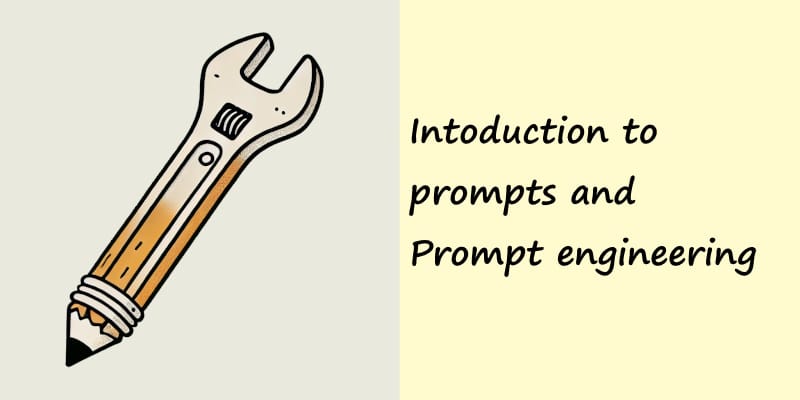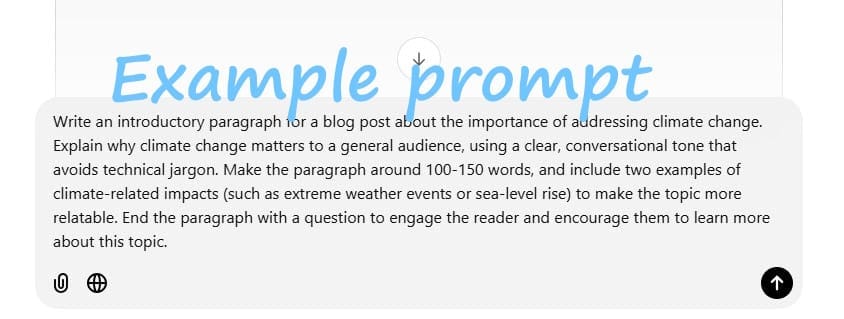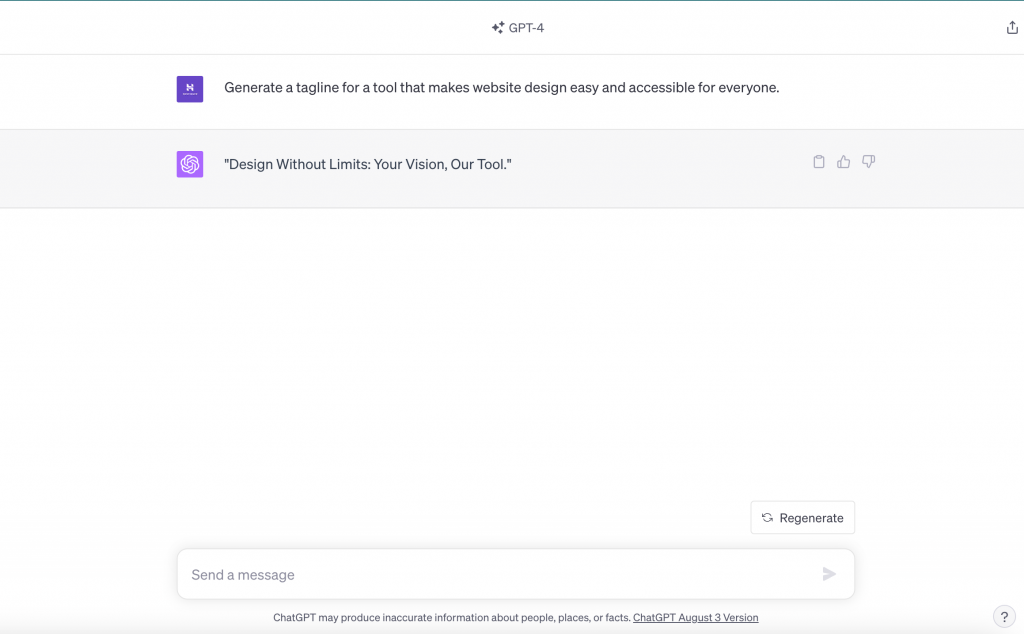What are AI prompts and what is prompt engineering?
By learning prompt techniques, you gain the ability to tailor AI outputs to your specific needs, making interactions with AI more productive, whether you're brainstorming ideas, generating content, analysing data, or seeking insights.


Let's Talk About AI Prompts!
There is a lot of talk about "prompting" in AI. Maybe you've even seen job listings for prompt engineering roles?
It all sounds mysterious and technical, don't worry it can start off real easy and is not as complicated as it sounds...
What is an AI prompt exactly?
When you want an AI to create something – whether it's writing, artwork, or other creative stuff – you basically just tell it what you want in plain English. No coding is required or complicated to learn structured domain languages.
I know it feels strange at first, like you're typing messages into the void, however that text box might look simple, but it's actually your direct gateway to the neural network within.
Getting Better at Prompting is Like Learning Any New Language
Something I see all the time: someone tries AI for the first time, makes a short unexpressive prompt, and gets disappointed by the results. They think "AI just doesn't work" or "It gave me crappy output."
I've watched people who've taken the time to really learn prompting, and the difference is night and day. I know people who took online courses to improve their skills, and the results they get now are amazing compared to when they started.
Remember when we all had to learn how to Google things effectively? Now most of us are search experts without even realising it. Prompting is following the same path – it might take a little practice, but once you get the hang of it, you'll be amazed.
Like any new skill, getting good at prompting takes a bit of practice and learning. But I promise it's worth the effort! It is important to read up on prompting. There are so, so many techniques you can apply to get the results that you desire.

To open your mind as to how varied prompt styles can be, work your way through this resource page
Things I think about when building a prompt
When you are just starting it can be overwhealming to take everything in. I have progressed from super simple prompts to sophisticated ones today. The following are some pointers, but I would encourage you to take a Udemy course or hit YouTube to find more content around prompting. This is an very helpful skill for the future.
Context and Role
I will try to put the AI into a context by describing the situation around the instruction or question, this gives the AI the ability to put itself in my shoes better. It can be helpful to think of the AI as an employee you are delegating a task to. Tell them how they fit into the situation and about the company or environment they have joined.
Example,
"You are a principle of a school and have been tasked with checking student applications, you only want students with strong maths. You must look at the strengths and weakness in each application, think hard about each one. Respond with only YES or NO to each application."
Here we are setting the scene for the AI, grounding it in a context and making sure it understands the role it is taking in whatever task is outlined. It is better to be verbose and pack as much information into the prompt as you can to help it.
Clarity
Although I said give it as much information as possible, do so in a clear way, be precise, be direct. Extra fluff can cause he AI to go off in the wrong direction or focus on the wrong part of the prompt instruction. Vague language can lead to uncertainty too.
Tell it the output format and length
As you would an inexperienced employee, explain exactly the format you would like the response in. If you need a list tell it to list the results, if you need numbered list say so. If you need comma delimited text, markdown, html, say so. If you want a long report say so, if you want it short and terse, say so.
Writing Tone
Tell it the tone, formal, informal, lighthearted etc This will dictate the feel of the writing, if it is a creative piece.
The above will get you a long way, after practicing writing prompts with the basics, you can move up to more advanced techniques.
One shot, Multi-shot prompting
I have another blog post on this technique, but essentially it is giving examples of how the output should look as part of the prompt.
See the other post for details. Prompting post
Reference online content
Some model platforms allow you to access the internet, such as ChatGPT. Here you can ask it to "Create a summary in two paragraphs of the blog post found at https://www.myblog.com/post1", and it will go look up the resource from the Internet.
Context Expansion
You can ask for it to look at a question applying "Who, What, Where, When, Why, and How", to get more angles on the answer. Or a prompt that asks a question applying "maslow's hierarchy of needs" to it would also expand the results. You are in effect making it give a response with more understanding and depth with the approach.
Templates
You can have a standard form text with place holders in braces for where information needs substituting.

Reframe the question
If you don't get what you need, reframe the question, use other words or another way to ask the same question again.
Combine prompts into one
If is possible to ask for two stages of answer.
Chain of Thought(CoT)
This is similar to 1shot prompting where example of reasoning is given. Guiding the model to layout its reasoning process when it responds.
Storytelling and Role-play
This can be helpful for things like interview practice where you get the AI to be one role and you take the other.

